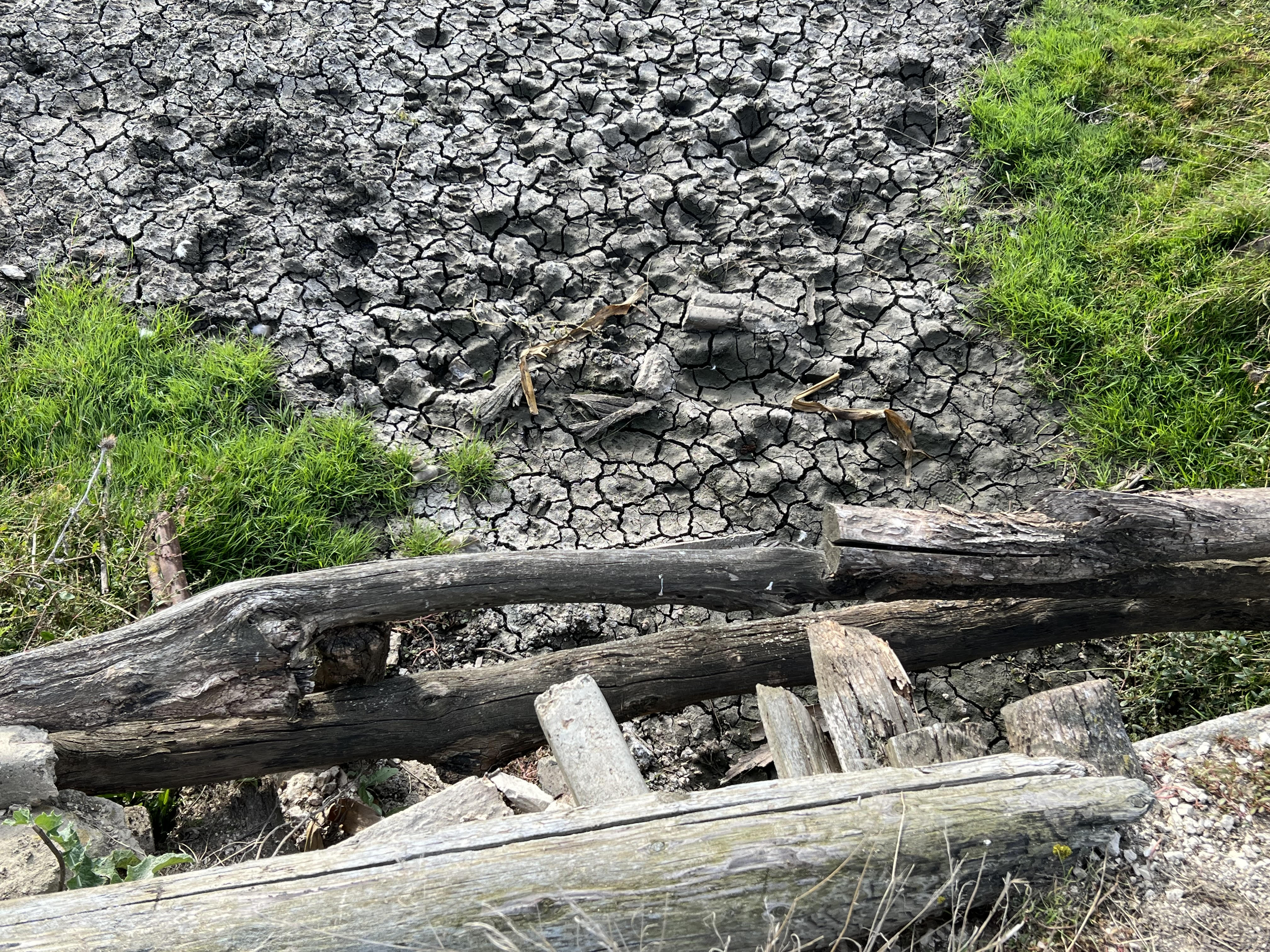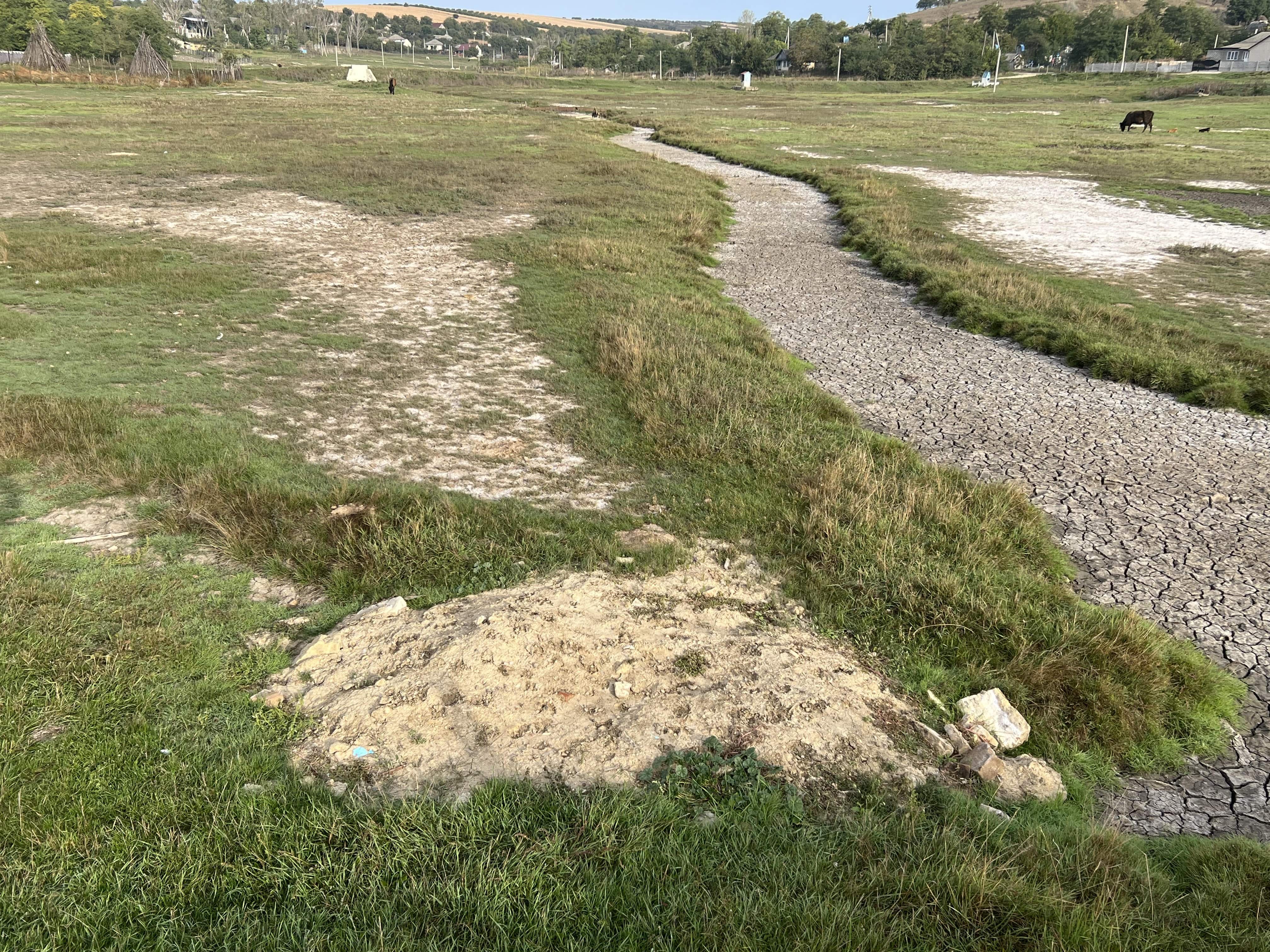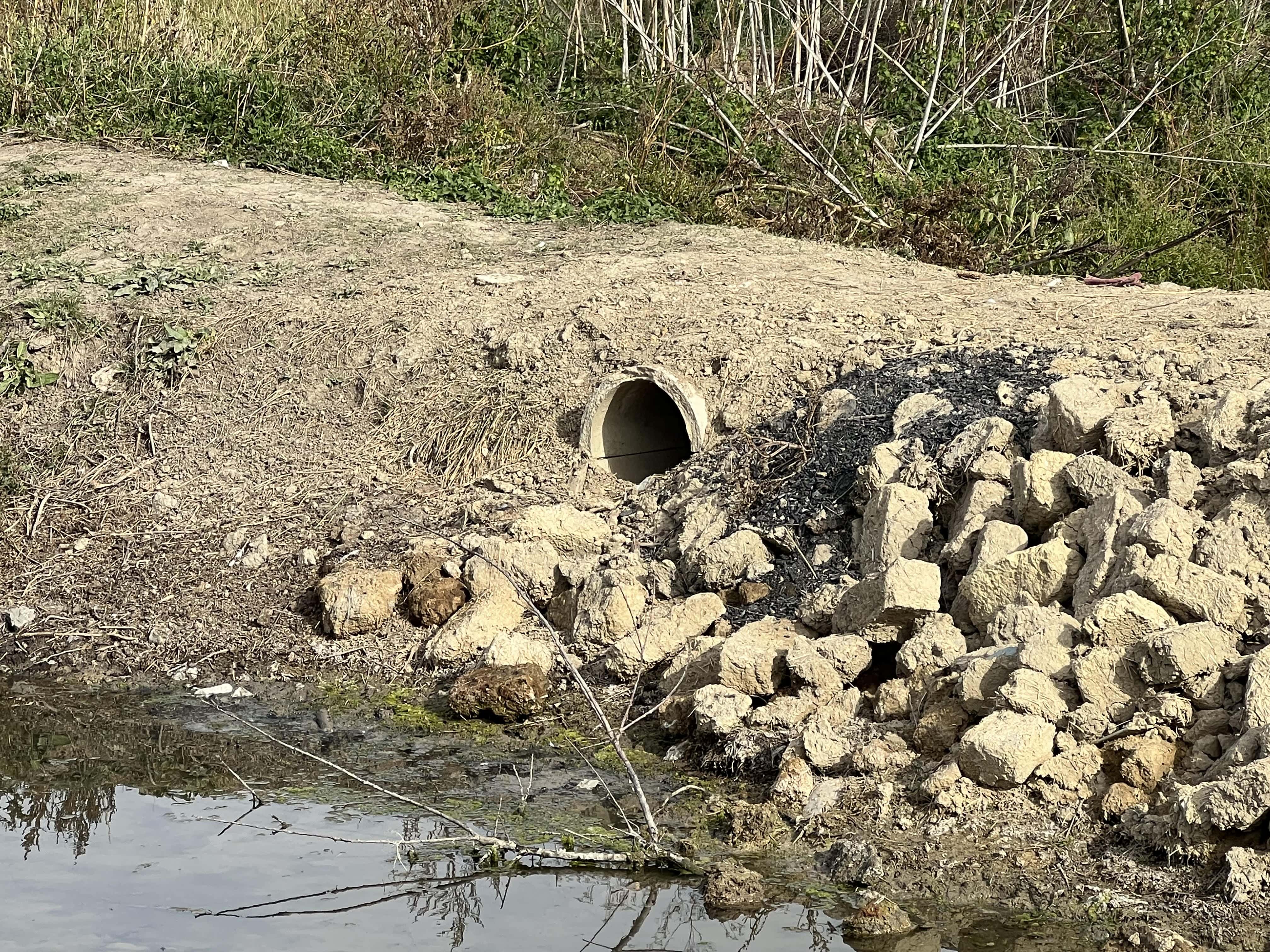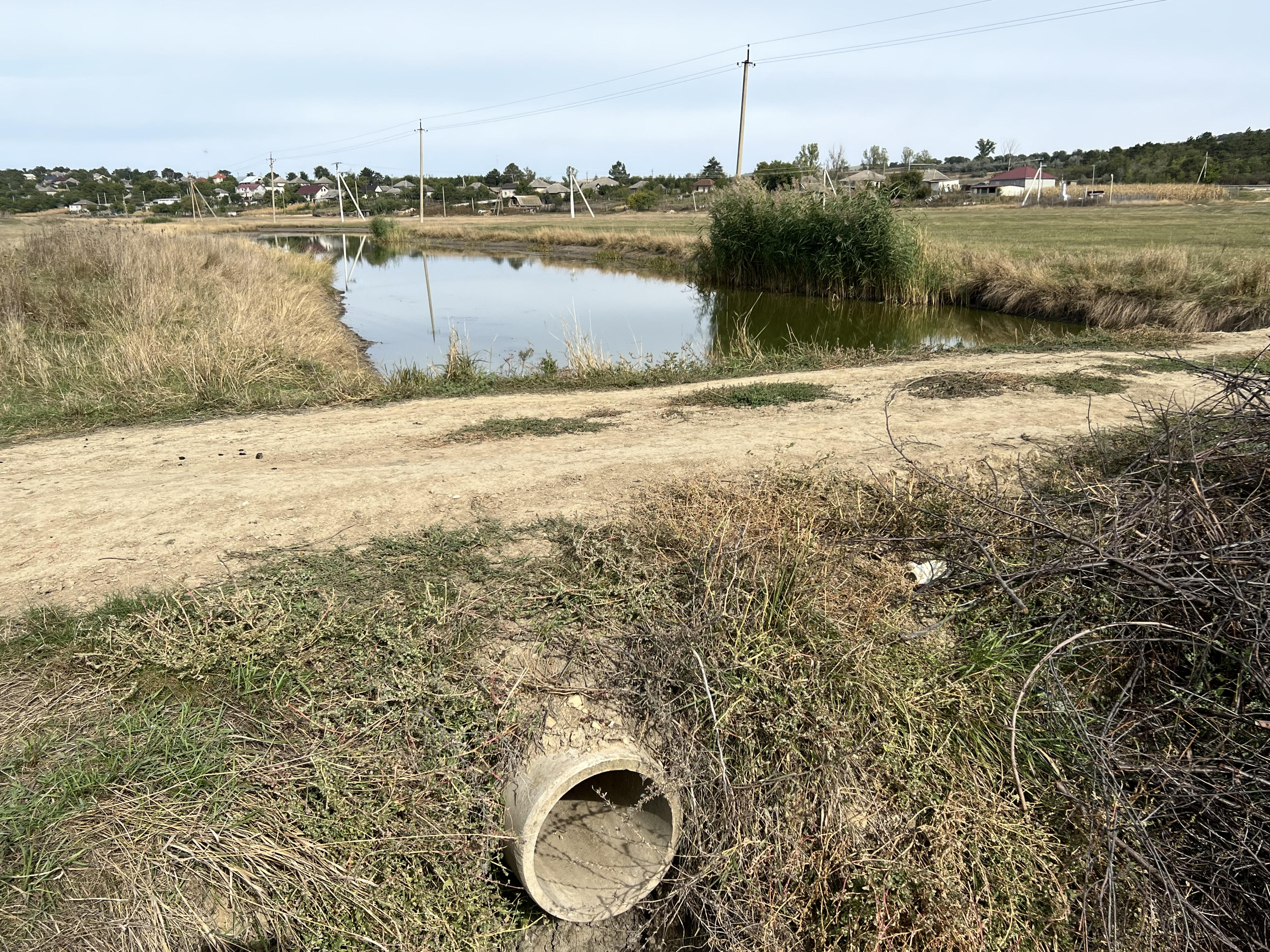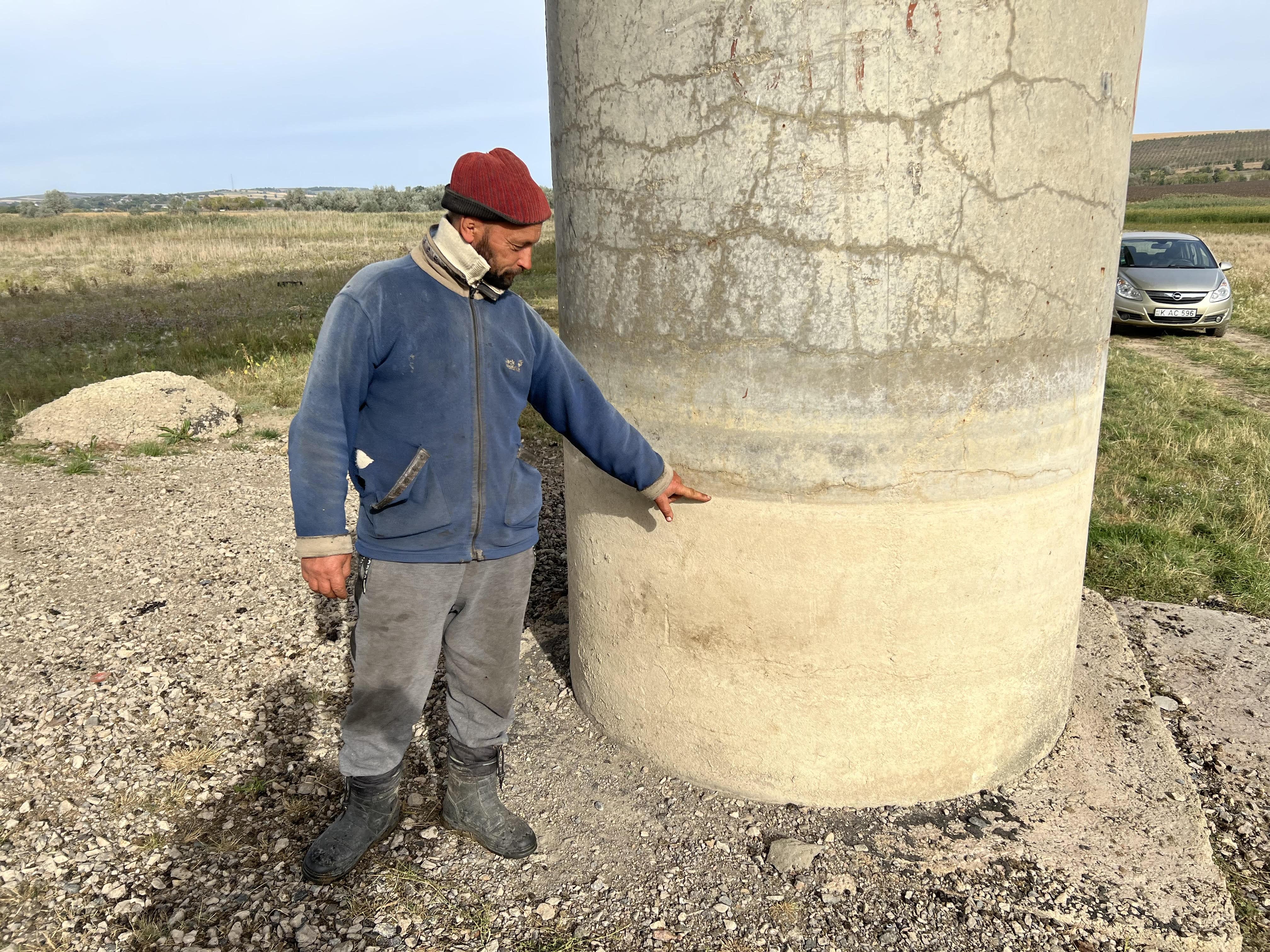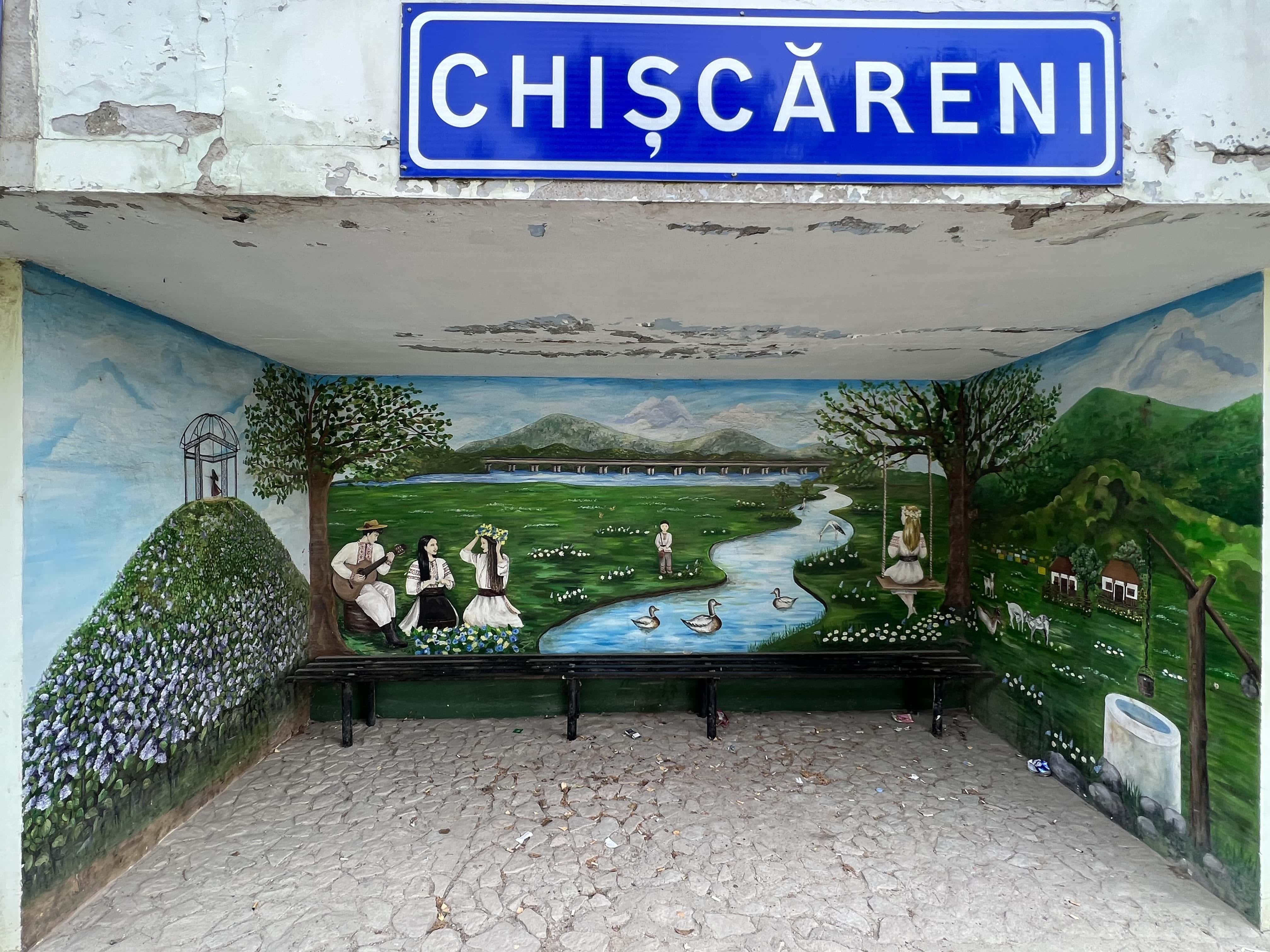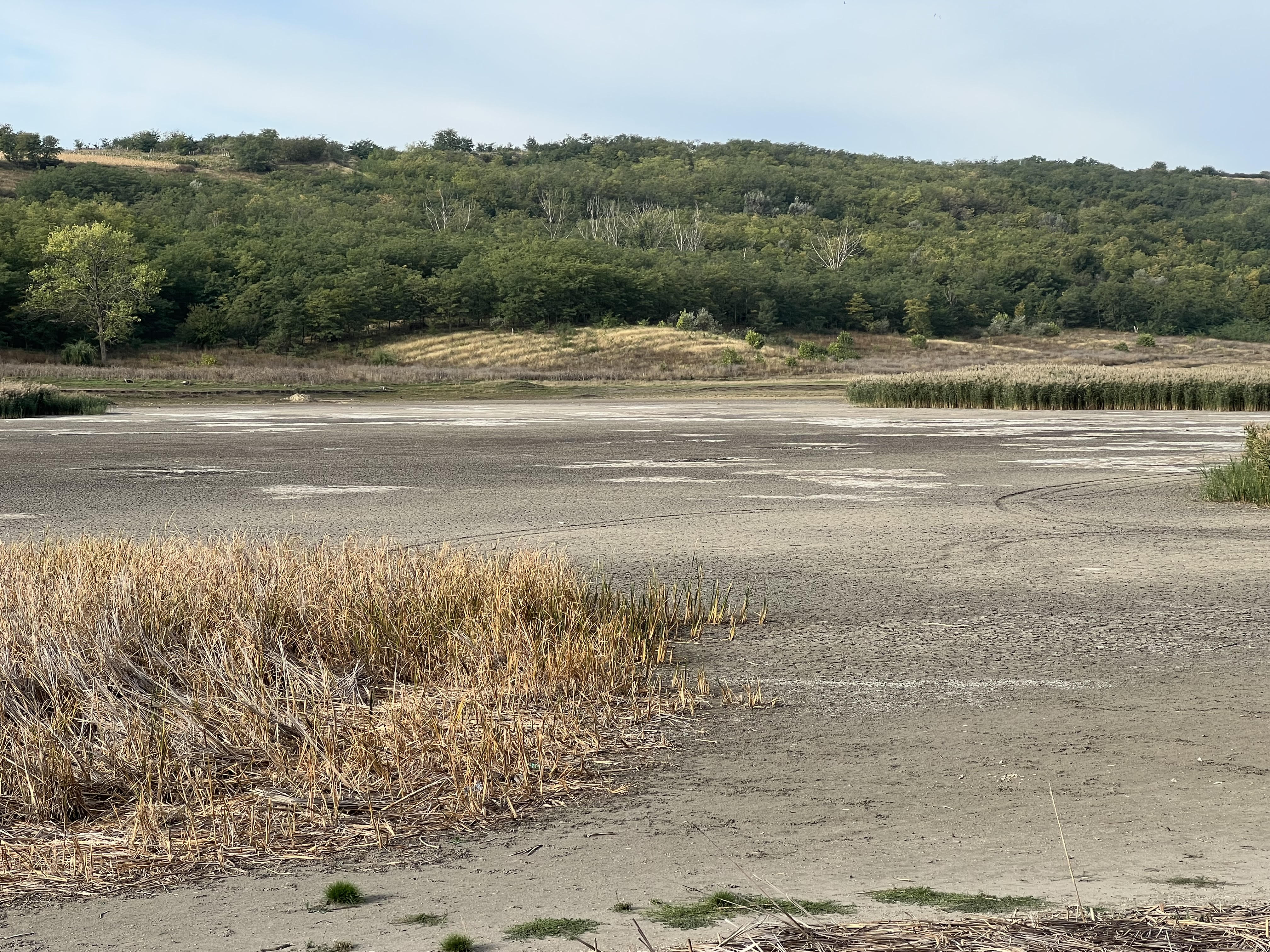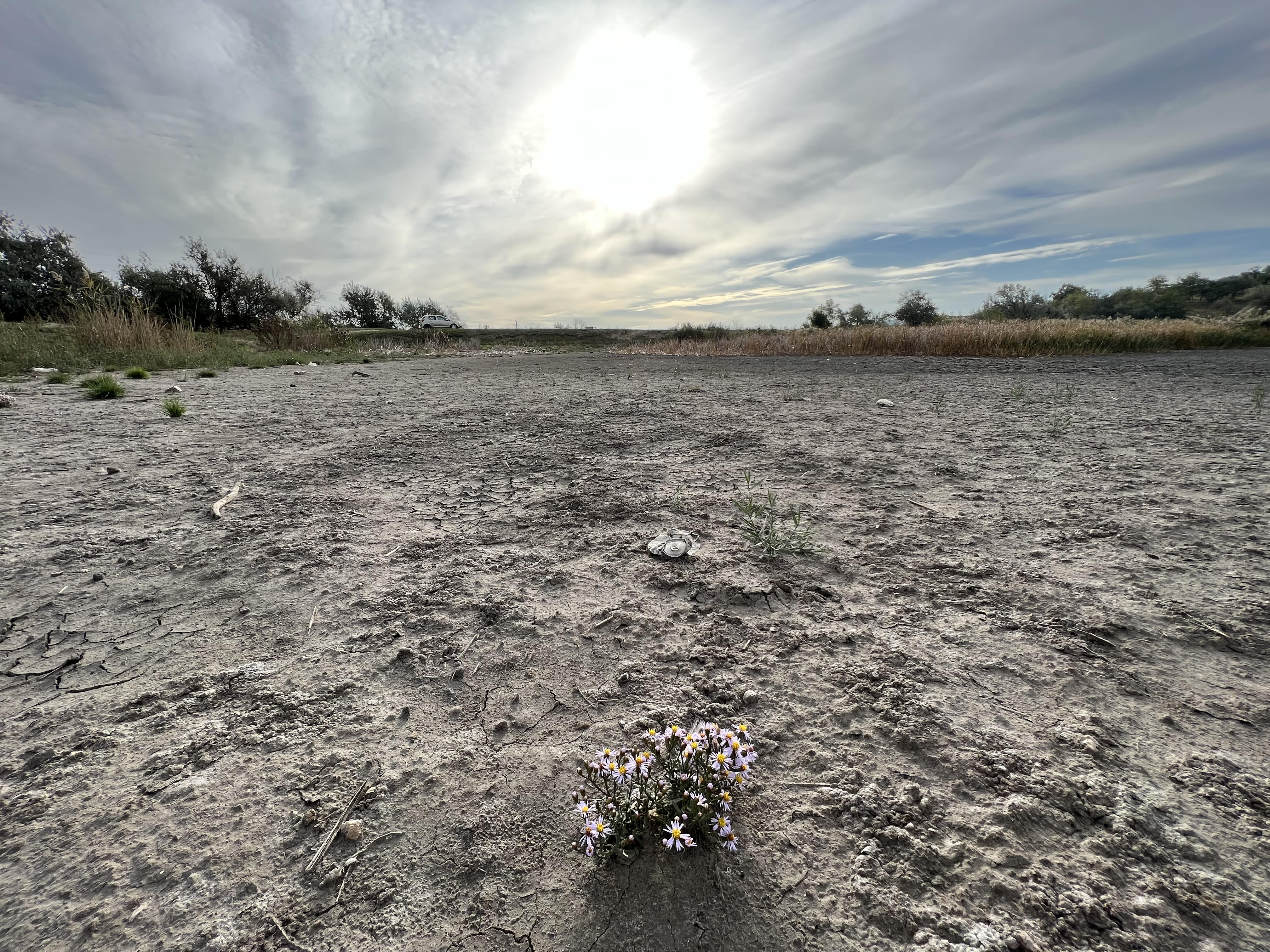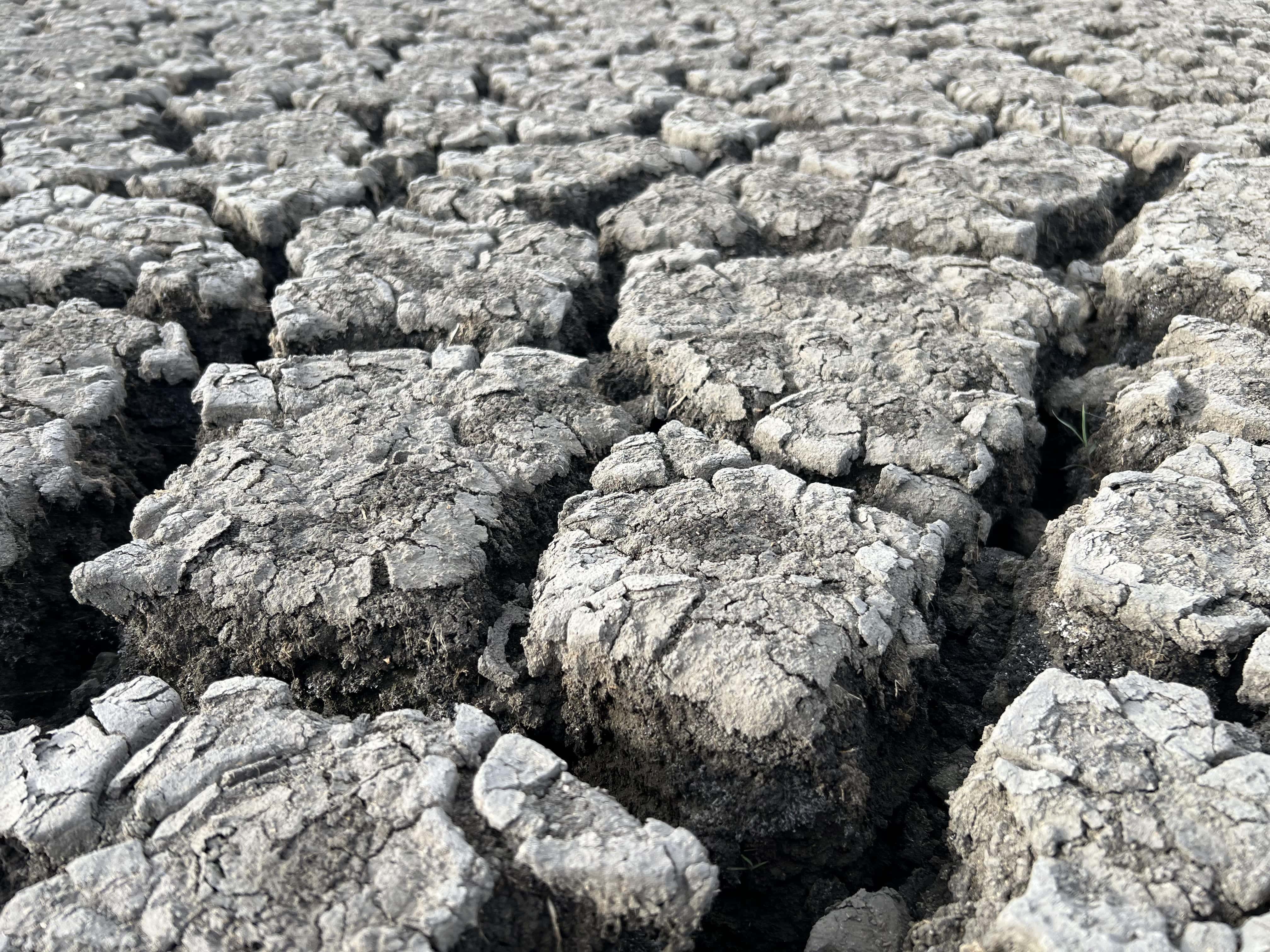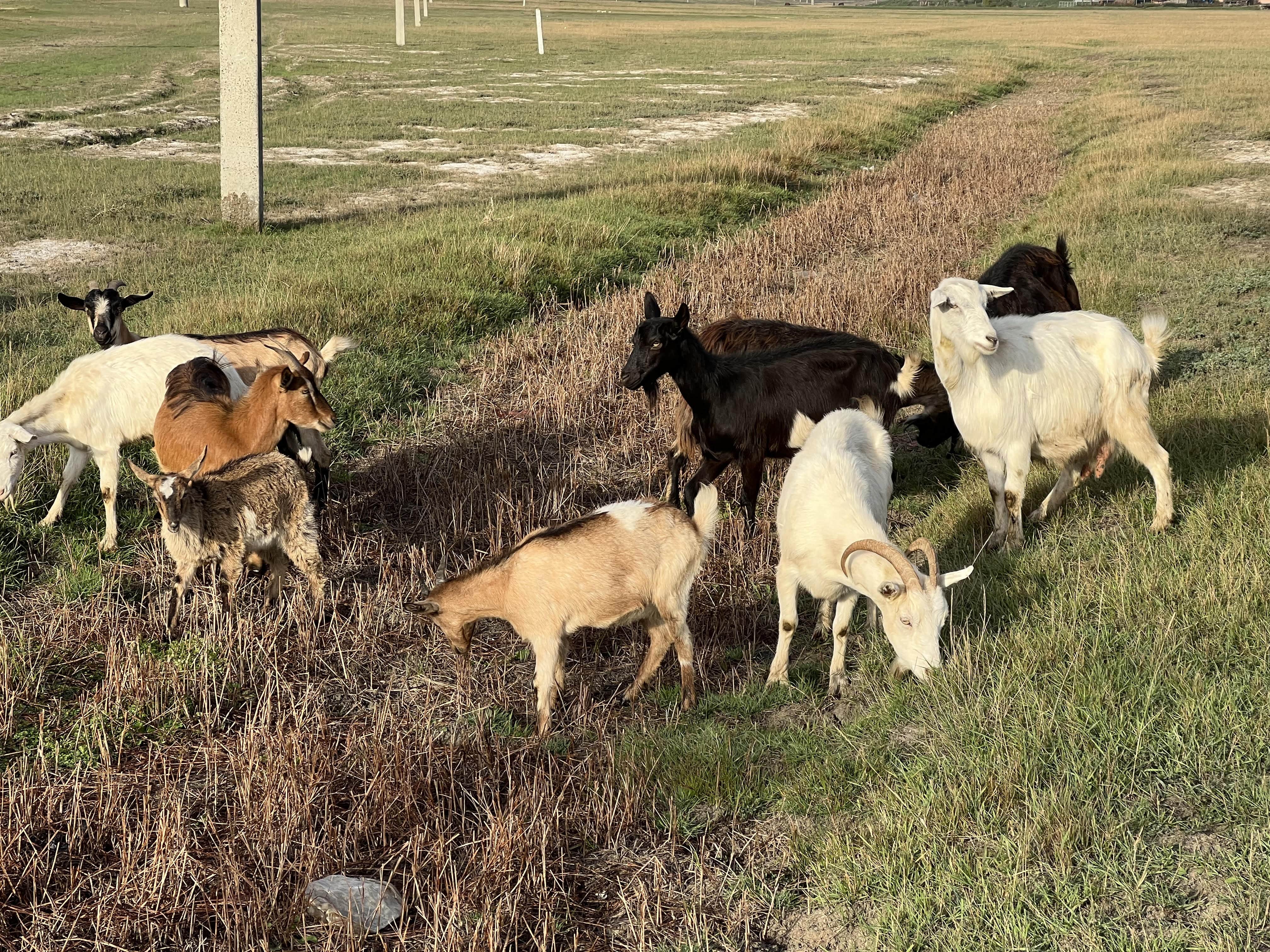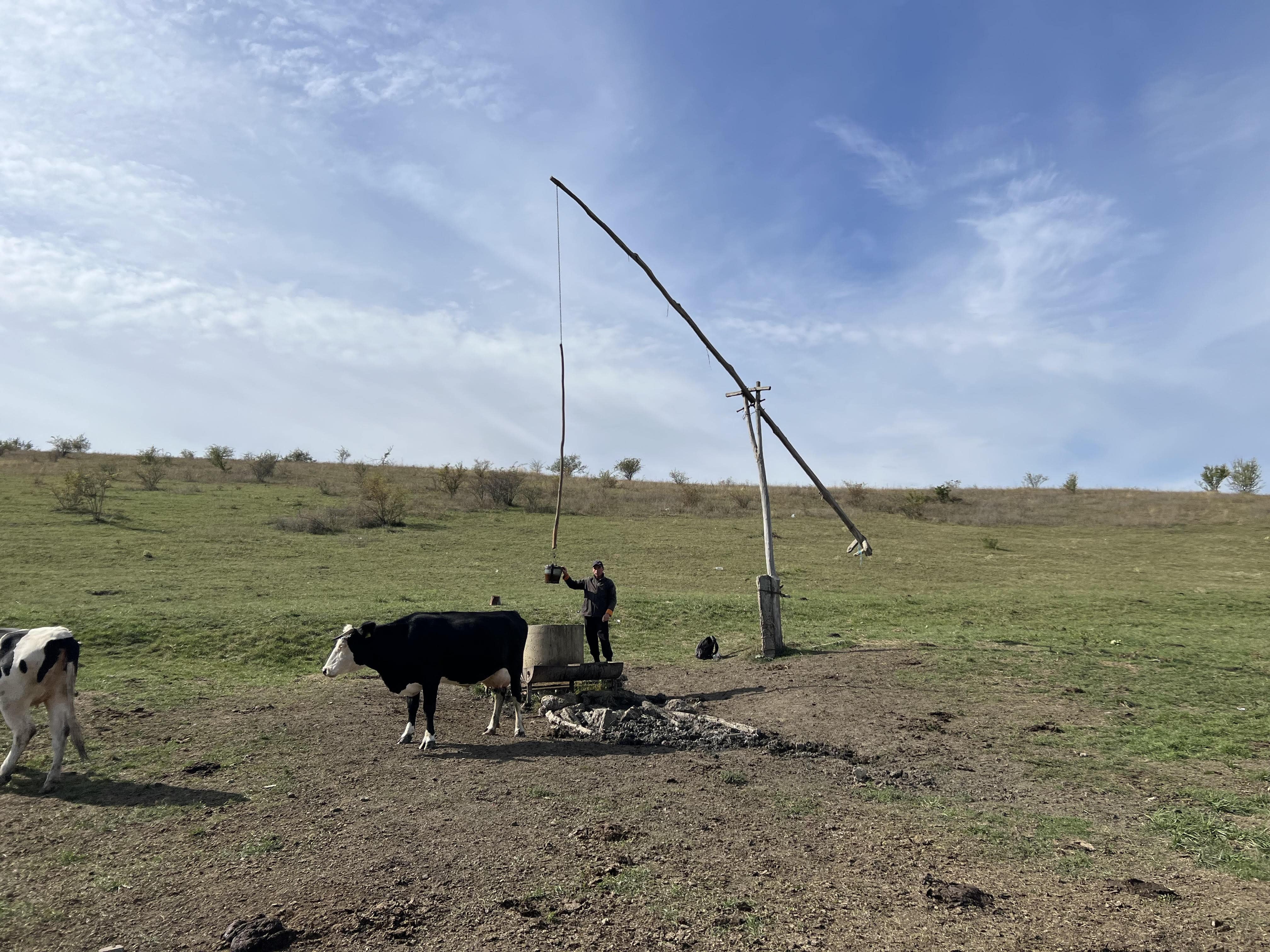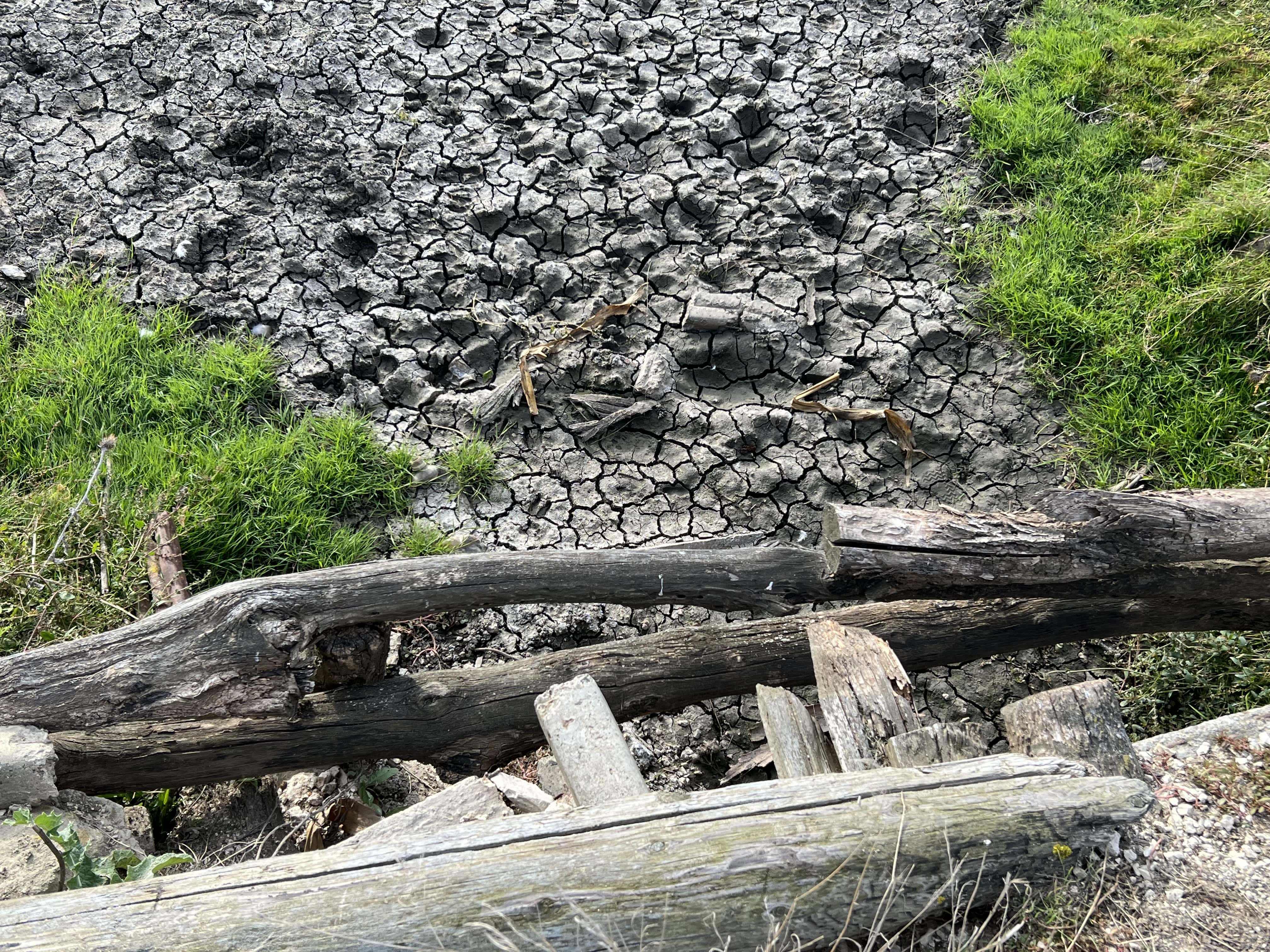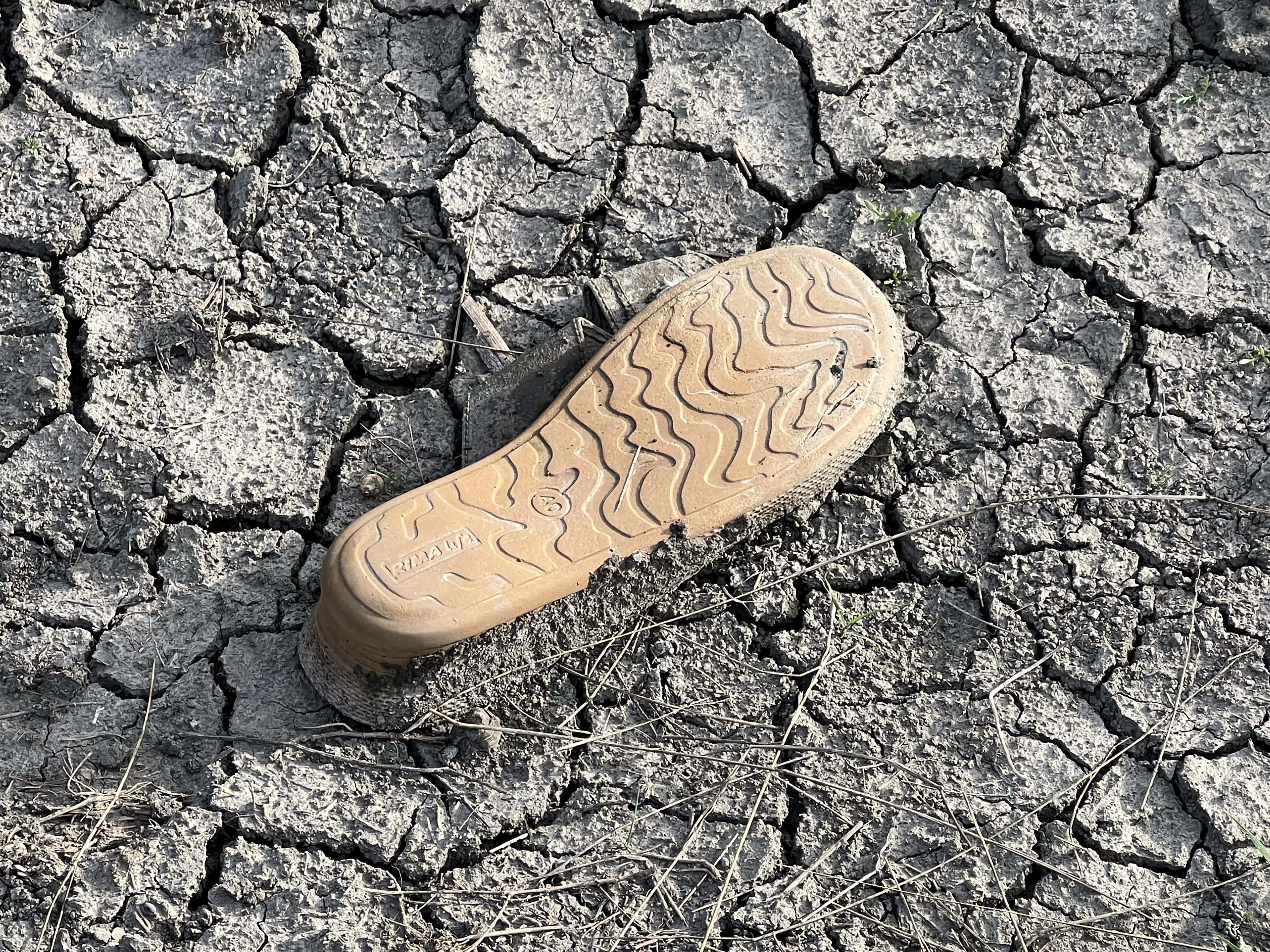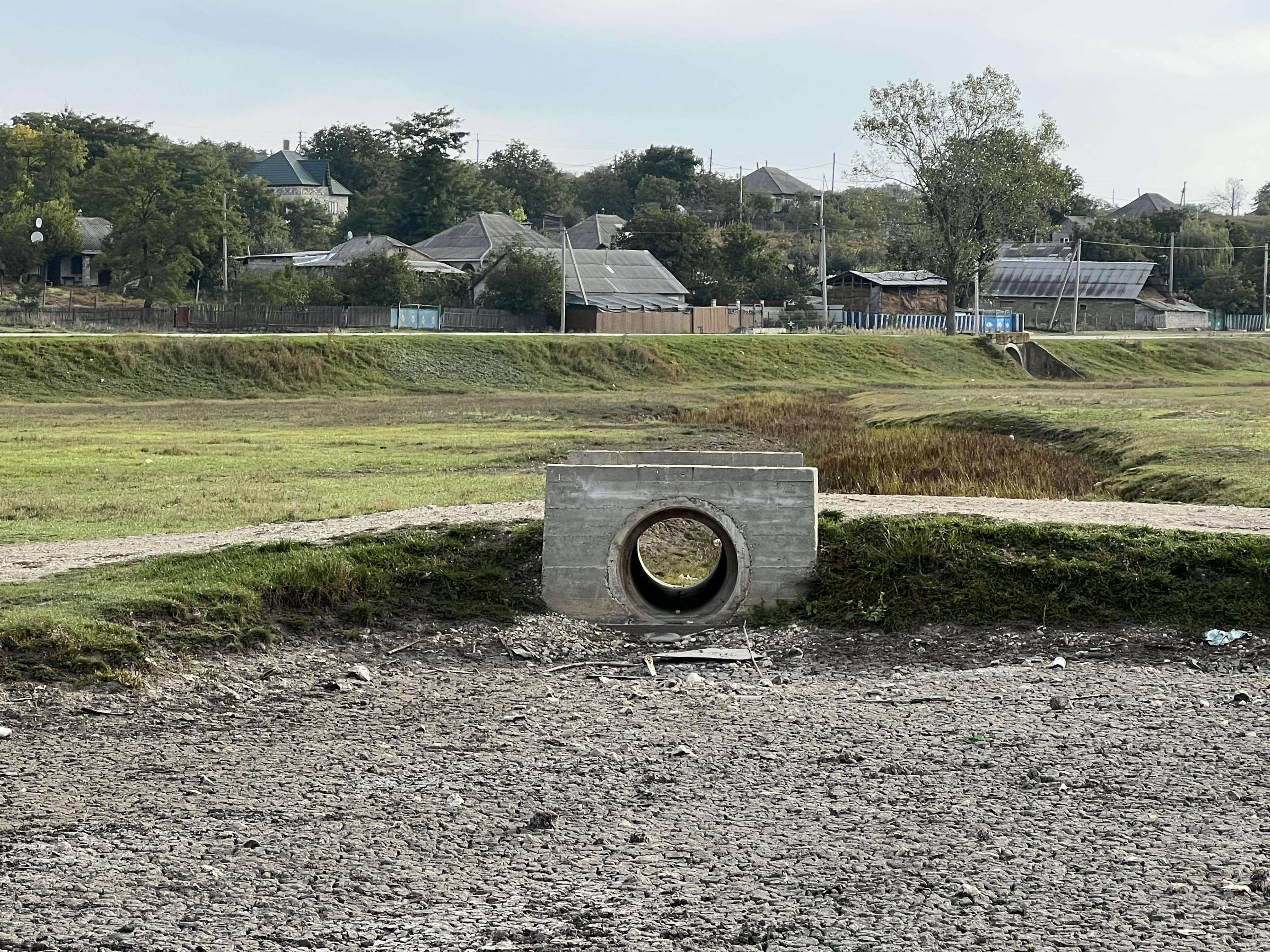This 8 October, as the world marks Dam Removal Day, Moldova has its own story to tell. In 2024, the Ministry of Environment and the Environmental Protection Inspectorate reported the demolition1 of 51 illegally built dams on rivers such as the Ciulucul Mare and Ciulucul Mijlociu, Ialpugel, Draghiște, Ciuhur, Ciorna in the Răut river basin, as well as Ichel river, all tributaries of the Dniester.
Freeing rivers from unnecessary barriers to secure water for all
In Moldova, many small, unlicensed dams are built by local residents to secure water for cattle, crops, and other needs. Yet many such constructions were not permitted2, and when poorly designed, unregulated, or too numerous, they can alterthe river flows, reducing water availability for other water users downstream, and degrading ecosystems.
At the request of Apele Moldovei, a pilot study carried out by UNECE as part of the EU-funded programme EU4Environment – Water&Data (2021–2024) in the Ișnovăț River, a tributary of the Bic and ultimately the Dniester, provided Moldova with its first inventory of dams — legal and illegal, active and abandoned. It revealed that many reservoirs were poorly maintained, silted, or even dried out, posing flood risks and cutting off communities and ecosystems from vital water flows.
By targeting the most problematic illegal dams, Moldovan authorities aim to restore fairer access to water and improve the resilience of river systems.
Solutions must go beyond dam demolition alone
Restoring rivers is essential for biodiversity, fish migration, as well as for maintaining natural floodplains that play an important role in flood retention. In a country already facing a projected 16–20% decline in surface flows by 2030 due to climate change, every drop of restored flow counts.
The challenge, however, is far more complex. Removing dams does not always mean rivers will resume their natural flow — in many places, the water simply isn’t there anymore. Decades of overuse, poor maintenance of infrastructure, and climate change have left scars too deep to heal in the short-term. At the same time, as there has been no water flow in the rivers for the last 10-15 years, and the rivers dry up over summer, certain dams continue to provide water for farming, animals, and livelihoods in rural areas where economic opportunities are limited.
1 The Environmental Protection Inspectorate does not demolish the dams dams directly. Instead, they identify illegal dams and issue mandatory instructions to those responsible for restoring the riverbeds and returning the water flow to its previous state.
2 The provisions of art. 4, paragraph 9 of the Water Law No. 272/2011 of the Republic of Moldova states that damming watercourses by building any type of hydrotechnical construction, as well as diverting the course of rivers and streams, is prohibited. Exceptions are possible only for certain needs of national importance, based on a government decision.
Strenghtening knowledge of rivers
In line with the EU Water Framework Directive and based on the findings of the pilot study carried out by UNECE in the Ișnovăț River Basin, the Government of Moldova adopted on 16 October 2024 a national methodology for identifying and monitoring hydromorphological changes in rivers— changes in rivers’ natural shape, flow, sediment transport, and connection with surrounding landscapes - caused by structures like dams, levees, or diversion channels. When excessive, these alterations weaken rivers’ natural ability to support biodiversity, regulate floods, decompose pollution, and recharge groundwater resources.
The adoption of this methodology marks a first step toward better understanding the physical condition and dynamics of Moldova’s rivers. It establishes a common analytical framework to assess where human activities — such as dams, riverbed modifications, or land use changes — are altering watercourses. Similar approaches have proven essential in EU Member States under the EU Water Framework Directive, where hydromorphology is recognised as a key “supporting element” for assessing the ecological status of rivers.
In Moldova, this methodology will provide the necessary baseline information to inform future water management measures.
Encouraging dialogue between water users
Healthy, living rivers need a degree of freedom: the ability to meander, to flood seasonally, and to connect with wetlands and groundwater. In many European countries, past efforts to tame rivers — by building dykes, digging canals, and draining wetlands — reduced flooding in the short term but also disconnected rivers from their ecosystems, making them less resilient to droughts and climate change. Moldova faces the same challenge: how to reconcile people’s needs with the ecological functions that sustain rivers.
The underlying challenge is thus to achieve a sustainable water balance and ensure the fair sharing of water resources across the entire river basin. This requires a change in former water and land use practices, as well as regular dialogue between all water users, including farmers, industries, municipal authorities and nature conservationists caring about the often-forgotten ecosystems on which human life depends.
Building on the experience of existing basin councils for the Prut, Dniester and Black Sea river basin, which already facilitate cooperation at transboundary and national levels, and whose work was supported by the EU4Envrionment -Water and Data (2021-2024) programme and other regional projects, the EU supports Moldova in extending this dialogue to more local scales. Through EU4Green Recovery East programme (2025-2028), efforts are now focused on establishing pilot councils at sub-basin and community levels—bringing together local authorities, farmers, and other stakeholders to discuss practical solutions. By strengthening dialogue where decisions are made, these initiatives aim to balance local water needs with the shared responsibility of protecting Moldova’s rivers.
The EU4Green Recovery East programme (2025-2028) will thereby ensure continuity of support so that water is managed as a critical resource for people, nature, and the economy alike.
Credits Picture: Andrei Isac.
About EU4Green Recovery East
The EU4Green Recovery East programme (2025–2028) supports the countries of the EU’s Eastern Partnership in their transition towards greener, more resilient economies. With EU funding of EUR 21.3 million, it focuses on five areas: (1) circular economy, (2) water management, (3) legal approximation to EU environmental law, (4) environmental data integration, and (5) transboundary cooperation.
Implemented by a consortium led by the Environment Agency Austria (UBA) with OiEau, Expertise France, UNECE, OECD, and UNIDO, the programme builds on a decade of EU investments in the region.
More information: www.eu4greenrecoveryeast.eu
This article was produced with the financial support of the European Union. The contents are the sole responsibility of the EU4Green Recovery East consortium and do not necessarily reflect the views of the European Union or the Governments of the Eastern Partnership countries.


